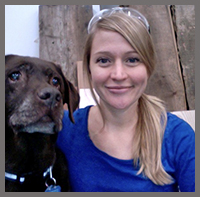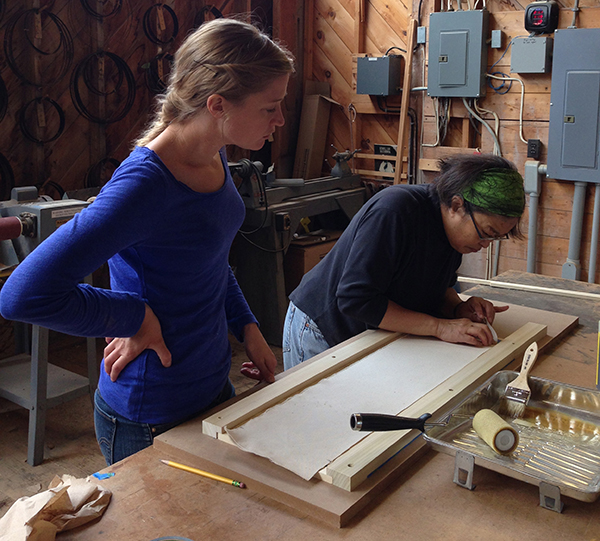
My latest Adventure in Woodworking took me to the Haystack School of Crafts in Deer Isle, Maine.
Wendy Maruyama is an icon in the woodworking world, as well as a trailblazer for other women to enter the furniture design and fabricating profession. I leaped at the opportunity last August to take a workshop with her about tambour doors at the beautiful Haystack School of Crafts in Deer Isle, Maine. I made many new friends, ate delicious food, learned a lot, and gained inspiration for new projects to come!

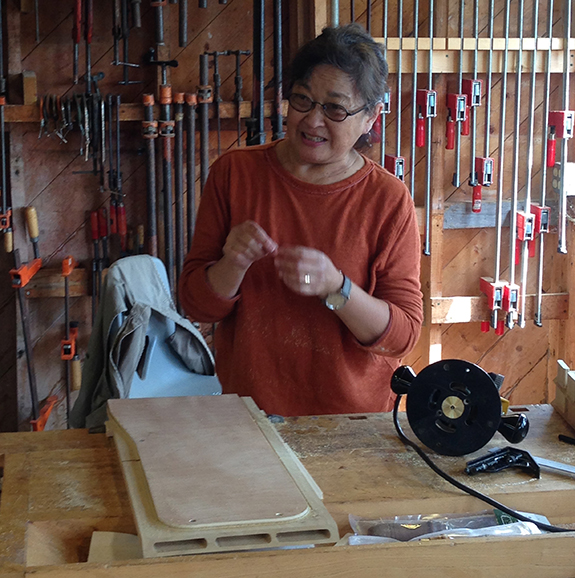
I wasn’t sure what to expect as far as exploring tambour doors. The limitations and usage seemed to be pretty straightforward. Wendy led the class through a series of exercises that resulted in what I would consider to be optimal outcomes with respect to our individual skills. Our class took the basic stick structure to the extreme!
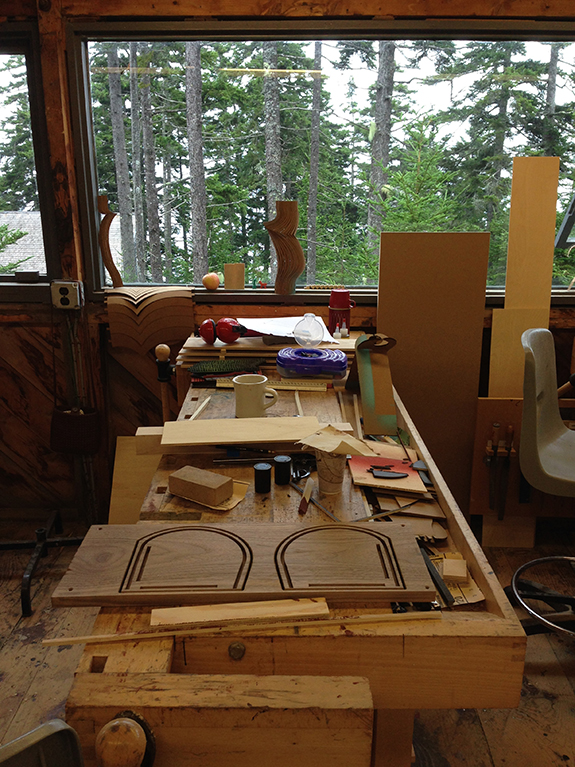
The class kicked off by first seeing examples of Wendy’s work, which was very inspiring! Then we talked about tambour door construction, usage, and we looked at some examples of tambour doors. She also covered surface treatments, including milk paint and a little carving. We all made our own samples of tambours and different ways of manipulating the individual wood planks that could be incorporated in a project. Exploration is huge part of the creative process.
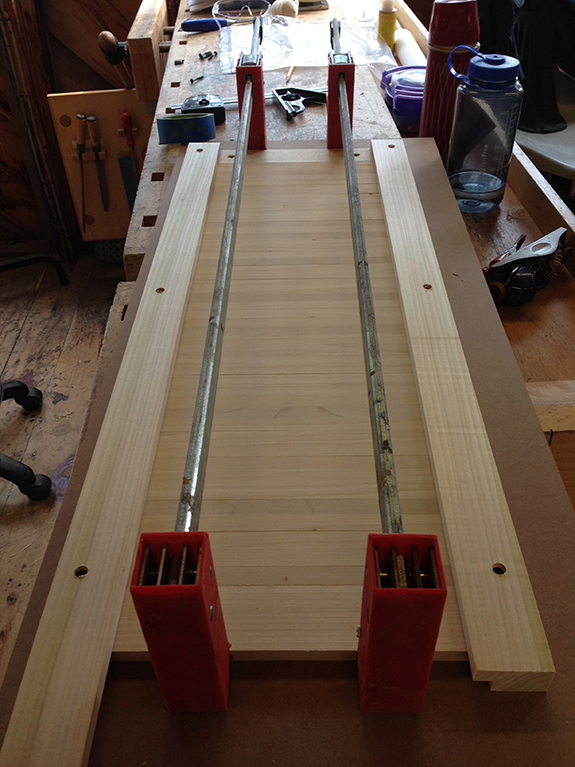
It is important to glue the tambour slats parallel to each other, so we used a jig.
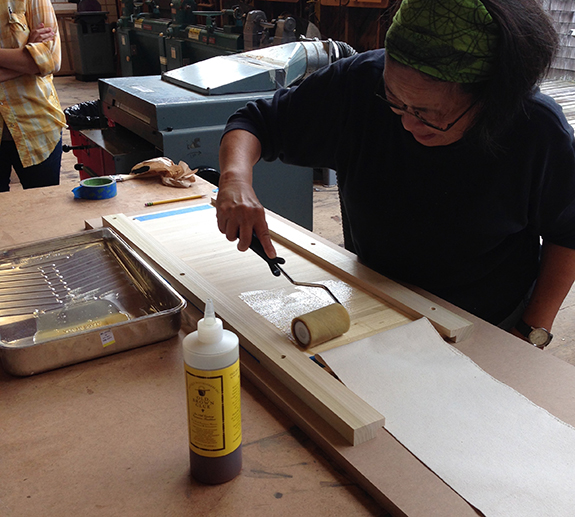
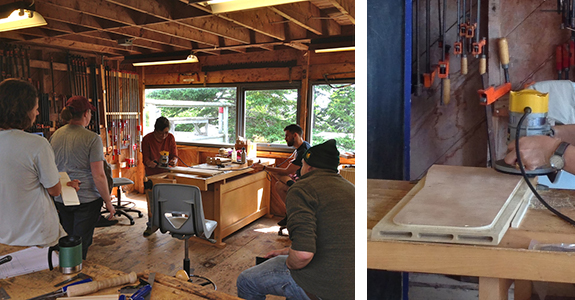
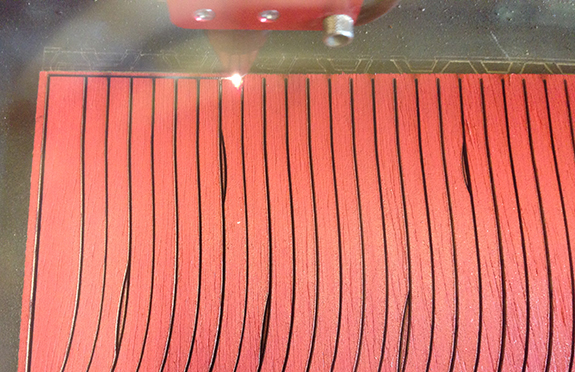
I also took advantage of the chance to use the ‘fab lab’ to experiment a bit. Haystack has a technology based fabrication lab (fablab) with a 3-D printer, CNC, and laser printer with different visiting experts available for assistance. My classmates, Rangeley Morton and Joe Lendway, were integral in helping me execute my ideas in the fab lab.
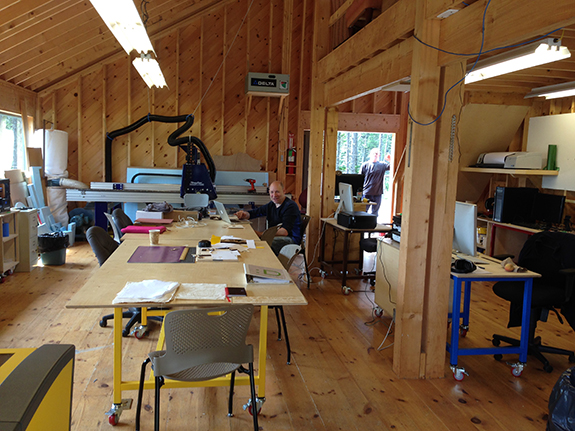
Finally, we came up with our own designs. As well as individual critiques with Wendy, the camaraderie of the class helped to push us all too by giving each other almost constant feedback about what we were working on. The uniqueness of everyone’s individual style really made the class enjoyable and helpful because of different perspectives.
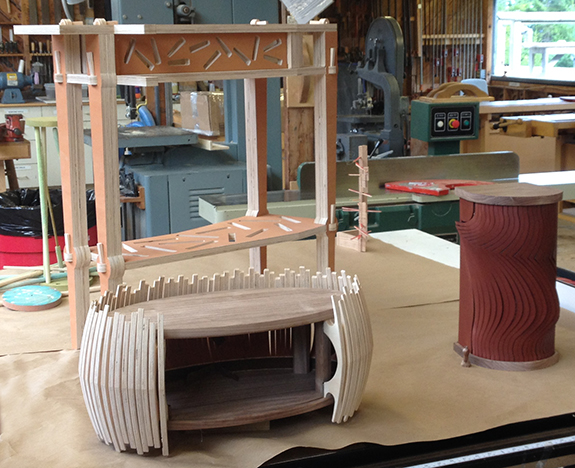
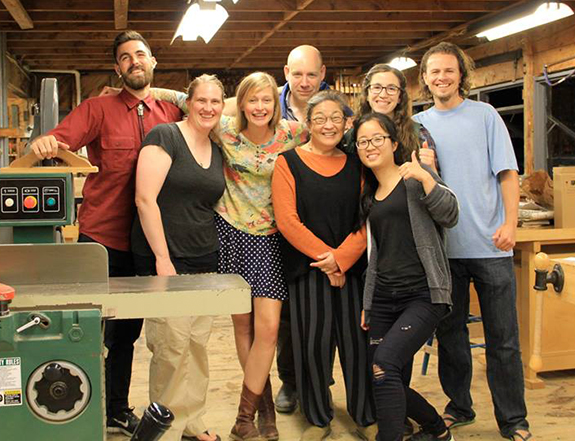
As well as the two-week class being fun and rewarding, the setting was unreal. The coast of Maine in the summer time is gorgeous! Crisp foggy mornings, sunny swims in the afternoon, bonfires at night, trails with spongy forest floors, and cartoon like mushrooms everywhere really make Deer Isle ideal. All of the island experiences packed in with long class days in a woodshop with an ocean view made it all pass by like a green flash. I’ll close with a look at some of the scenery that surrounds the Haystack School. I highly recommend making the trip if you get the chance. can’t wait to go back!
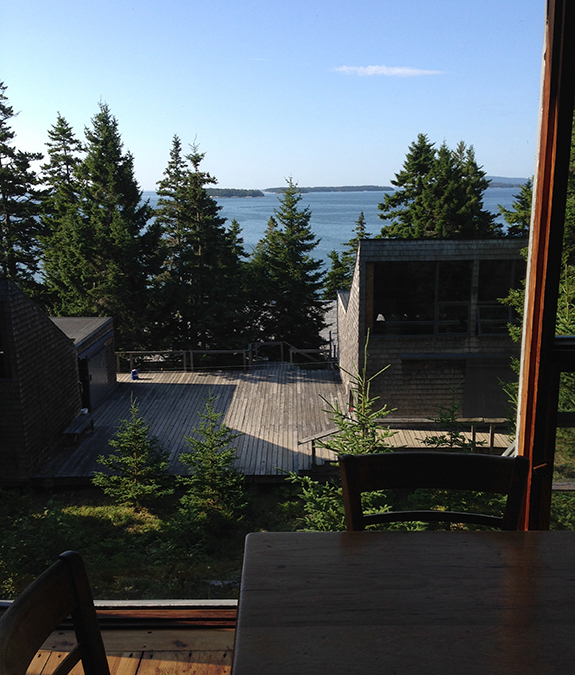
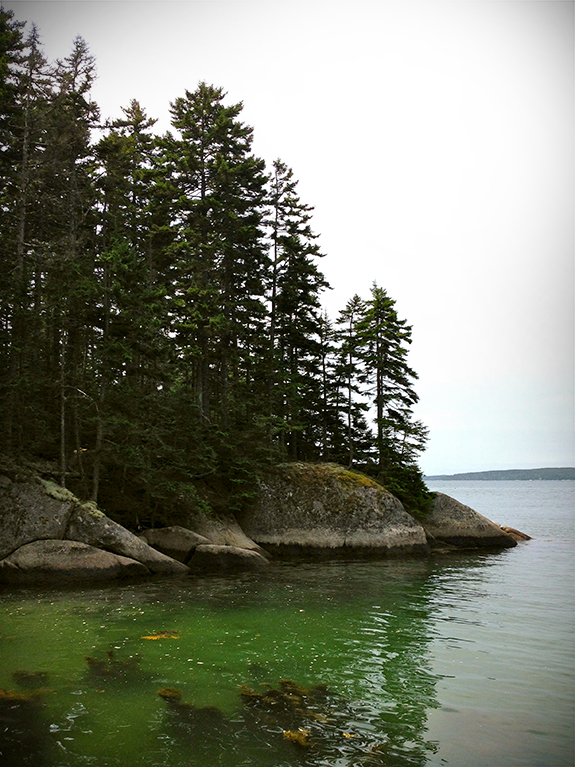
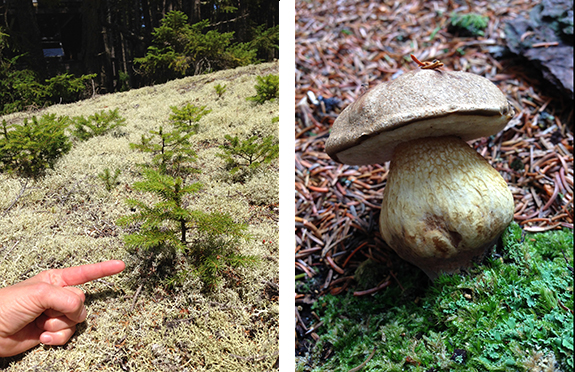
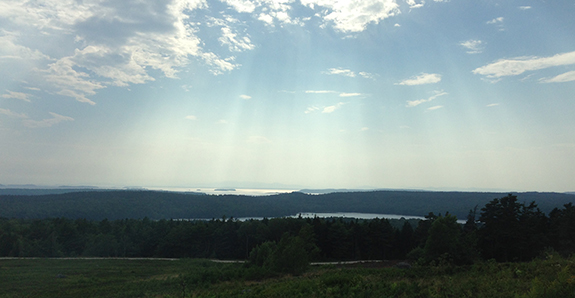
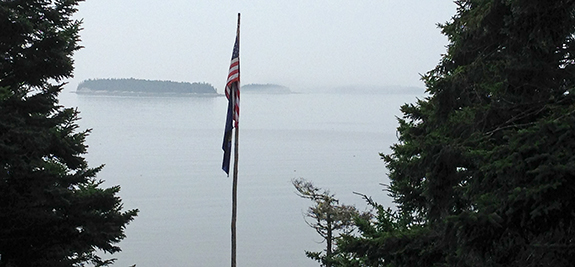
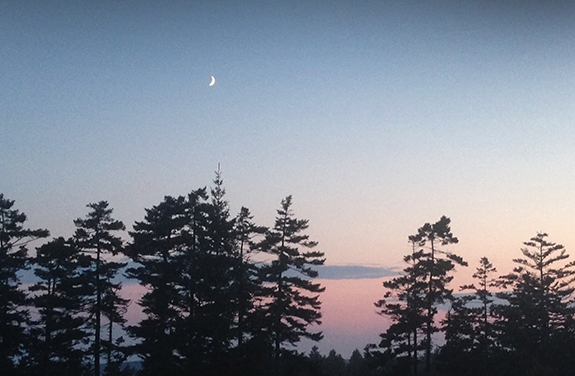
It was another awesome Adventure in Woodworking!
Kimberly McNeelan has been a woodworker for about 14 years. She’s been coast to coast and beyond studying different woodworking techniques, learning from various masters, and working on a wide array of projects. Read more of Kimberly’s latest adventures.
